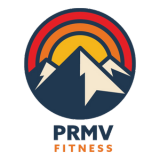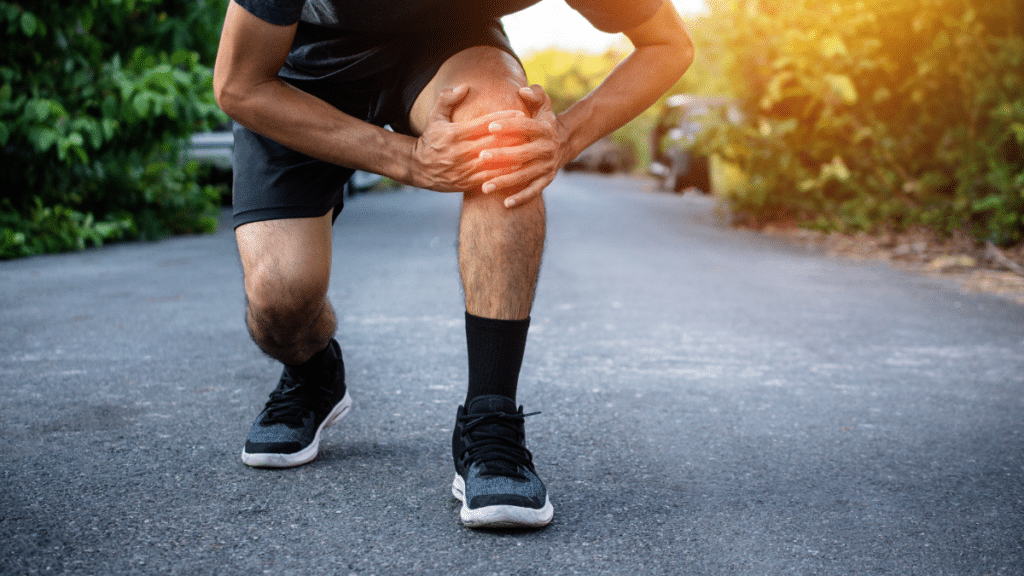As a functional fitness coach who works with people who enjoy a wide range of physical activities, I've seen my fair share of overuse injuries. But few are as endemic among my clients as the dreaded patellar tendonitis - or what is also known as “jumper’s knee.”
It’s easy to see why this condition afflicts so many young adult athletes that I work with. The sports we love - basketball, volleyball, Olympic lifting - demand explosive power from the lower body. Week after week of box jumps, squats, and sprints takes a toll on those patellar tendons.
But with the right strategic approach, you can remedy patellar pain and get back to jumping higher and running faster than ever before. In this comprehensive guide, I’ll provide you with the exact step-by-step rehab protocol I use with my top athletes.
DIAGNOSING TRUE TENDINOPATHY
The first step is confirming that soreness around your kneecap is truly patellar tendinopathy. Here are a few key diagnostic tests:
- Location of pain - True tendinopathy manifests right where the patellar tendon inserts into the tibia or patella, at that bony junction. More diffuse pain suggests other issues.
- Load-dependent symptoms - Does pain increase with plyometrics but not regular squats? That points to a load-exceeding-capacity tendon injury.
- Reactive onset - If you recently increased jumping intensity, especially on hard surfaces, that likely induced reactive tendon pain.
- Morning stiffness - One of the hallmarks of overuse tendon injuries is stiffness after rest. If your knee is tighter for the first hour you’re up, that’s a clue.
Once you’ve confirmed it’s a tendon capacity issue, we can start the rehab process. I think of tendons like thermometers calibrated to your current working temperature. Do too much too soon and you’ll exceed that limit and provoke pain. The key is to slowly move the needle up.
STEP 1: HEAVY ISOMETRICS TO BLAST THROUGH CORTICAL INHIBITION
Here’s a cool fact about the human body - when tendons hurt, your brain actively inhibits muscle activation to prevent further damage. This protective cortical inhibition makes you weaker!
The first step is blasting through this with heavy isometric exercises that force the tendon and brain to ramp up muscle activation. My go-to is the Spanish squat with band resistance.
How-To:
- Loop a 3-4 inch monster band around your knees
- Back up to create tension, then push your hips back into a reverse wall sit position.
- Hold for 45 seconds, keeping your chest upright and knees pushed out against the band.
- Complete 5 total sets, resting 60 seconds between.
When done right, these should make your quads shake and burn. But unlike plyos, the static hold doesn’t exacerbate tendon pain.
The Benefits:
- Decreased cortical inhibition
- Increased quad activation and strength
- Reduced pain with knee flexion
Do these 2-3 times per week and you’ll notice dramatic improvement in knee function within 1-2 weeks. But this is just step one...
STEP 2: SLOW TEMPO ECCENTRIC STRENGTH TRAINING
While isometrics help pain and strength, they don’t fix the underlying issue - exceeding your working capacity. It’s time to strategically load the tendon to improve that tolerance.
Eccentric focused lifting is ideal - lowering weight slowly stresses tendon collagen without aggravating symptoms. I suggest the Bulgarian split squat:
How-To:
- Hold dumbbells in each hand, foot elevated behind you on a bench
- Slowly lower until your front knee is bent 90 degrees over 3 seconds
- Rise back up over 3 seconds, keeping tension
- Increase weight weekly, but decrease if next-day soreness exceeds normal muscle fatigue
The Benefits:
- Time under tension builds tendon strength and resilience
- Controllable stress increases working capacity
- Prevents atrophy - keeps supporting muscles strong!
Combine with other eccentric moves like the Nordic hamstring curl and single leg RDL 2x per week to rehab all sides of that patellar tendon.
STEP 3: GRADUAL RETURN TO EXPLOSIVENESS
The final phase is slowly reintroducing plyometric stress - the key is starting low and scaling gradually. I have athletes begin with quick bodyweight squats, then move up to jumping rope, calf jumps, and eventually box jumps.
The goal is challenging tendon resilience without overshooting your “temperature gauge.” If knee pain exceeds normal muscle soreness in the days after plyos, scale back volume. Within 6-8 weeks you’ll be ready for high-intensity exercise at full capacity!
DON’T IGNORE EARLY WARNING SIGNS
Here’s my final tip - early intervention prevents major setbacks! At the first sign of unusual anterior knee pain, begin isometrics and eccentric training. Don’t push through discomfort and “play through the pain.”
Ignoring symptoms and exceeding capacity ruptures collagen fibers, prolonging recovery. Catching it early keeps you training consistently. Don’t let knee pain sideline you from the sports you love!
I hope this comprehensive guide gives you confidence in overcoming patellar tendonitis and getting back to elite athletic performance. Let me know in the comments if you have any other mobility challenges you want me to address in the future!



